The Storm Petrel Foundation has had three excellent exhibitions since it was set up in 2013. My favourite is the Oscar Wilde exhibition. However, the latest exhibition Unseen and Unheard: Stories of women under fire, will probably replace it. It celebrates and recognises the brave women and girls by exploring the untold narratives and inspiring stories of their experiences during the war.The Foundation is the brainchild of Bernie Mizzi who is chairperson. It is a non-profit voluntary organisation, for the purpose to promote art, literature and popular culture by providing a home for private collections that would otherwise remain unseen.It is housed in a traditional townhouse at 79 Triq San Anton Attard, opposite Villa Bologna. Parking, always an issue in Malta, is relatively easy. The house has been beautifully restored. It is a pleasure being there.
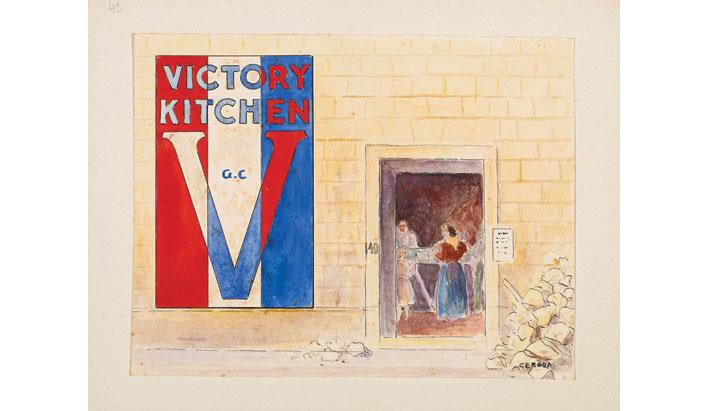
Justine Balzan Demajo who is curator of this exhibition, writes in the booklet which accompanies it: "What began with the discovery of a box of German letters retrieved by Dr Robert Attard and subsequent conversations with the Storm Petrel Foundation slowly started shaping into something far larger than first imagined. Thanks to our kind contributors - collectors, museums, foundations, academics, researchers alike - we, at the Storm Petrel Foundation are attempting to help frame women's role and place in the war, lending it it's due and legitimate recognition."
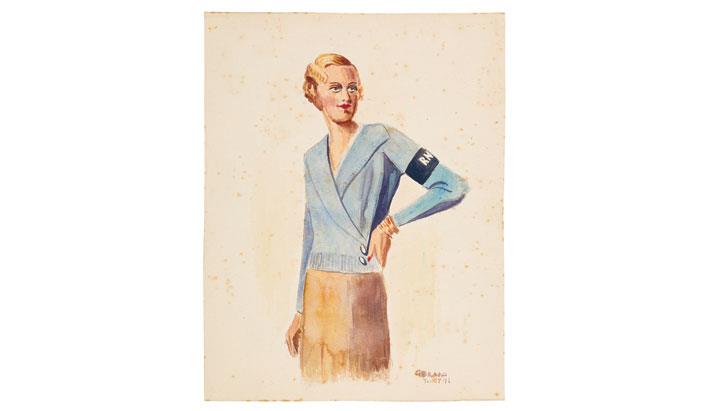
I arrived at the exhibition to the music of Vera Lynn, We'll Meet again, in the background which immediately put me in the right mood. Glancing round I was impatient to look at the exhibition which is accompanied by a booklet from which I am quoting.
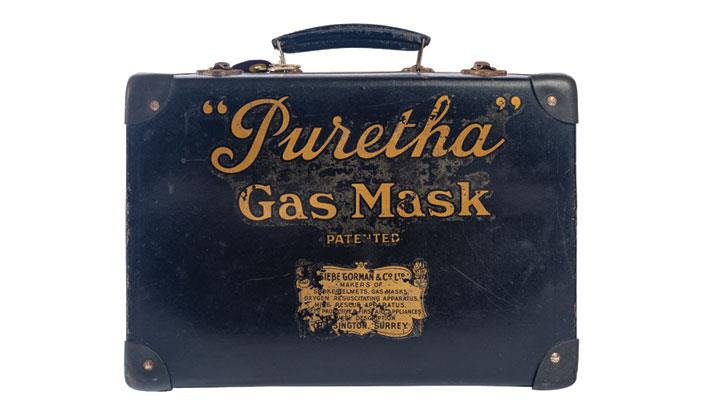
The exhibition bears witness to female experience of the Second World War, in pursuit of fuller and more rounded accounts of the conflict and its impact on everyday life in Malta. It is a reminder of what ordinary people had to suffer never knowing if a loved one was going to return home after school, work, shopping or if they had been bombed, never to be seen alive again.
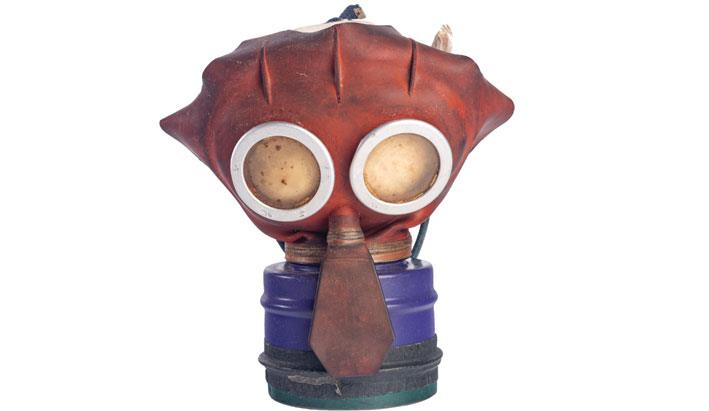
People had to adapt in order to survive. Buildings were constantly being bombed. So many found themselves without a roof over their heads, all possessions gone, as the bombs came raining down. There was hunger, scabies and a shortage of everything. Women went through all this suffering working in the fields, nursing, running hospitals,schools and religious institutions, holding round-the-clock prayer vigils. I truly believe it is the faith of the Maltese that kept these islands going in such horrendous times.

Here's an extract from Simon Cusens' essay in the exhibition booklet: "... As war progressed, women were organised in the Women Auxiliary Reserve (W.A.R.), proving dedication and reliability to every cause they undertook. The resulting impact of the various female forces and gangs coming together in a relatively harmonised way was nothing short of phenomenal; a new, social influence over the very fabric of daily life and Maltese society as a whole."
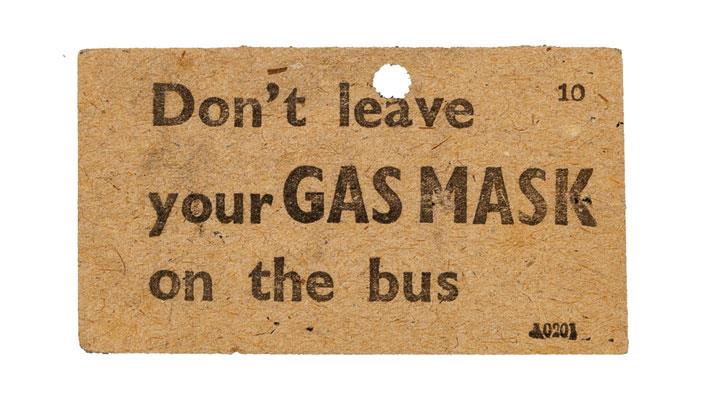
This is such an interesting exhibition. Especially those who were born during the war or lived through it simply cannot miss it. Nor can anyone else for that matter. To bring so much material together by volunteers is almost miraculous. I am also impressed by how many collectors there are in Malta. There are films as well and audio cassettes. I was particularly impressed by the watercolours and gouaches painted by Alfred Gerada. Dr Albert Ganado writes: "They are all contemporary, made for the most part on the spot while the events of the Second World War in Malta were actually happening. As such they constitute a unique graphic record of what Malta went through and how the Maltese lived and suffered during the years of trial 1940-1943."
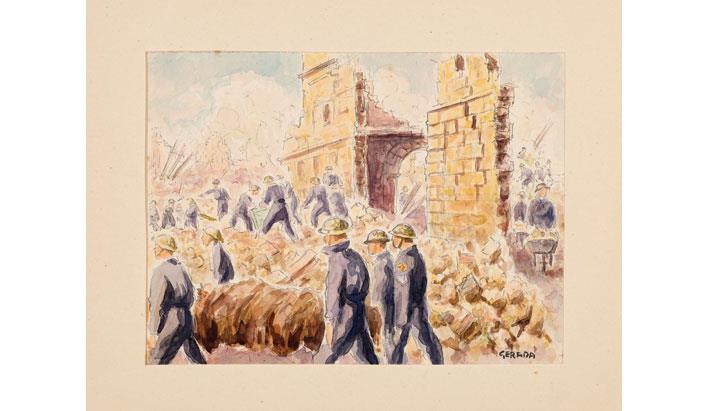
It is claimed that no single event in the history of mankind was more documented through art while it happened than World War II. Malta under British colonial rule was no exception and various British artists were specifically engaged and commissioned to produce art works that depicted images of wartime Malta. These art works were produced in accordance to strict criteria where the regulatory instruments of censorship and state propaganda had a strong bearing on the ultimate work of art. Caroline Miggiani's excellent book on Leslie Cole, one of the artists sent to record the war explains it all in her informative book The Official Colours of War: Recording Malta in WWII. However, Gerada's paintings were not censored. He went on quietly painting what he was seeing without permission and came up with some 160 works which are in many ways unique.I urge you once again not to miss this exhibition. It is in many ways unique.
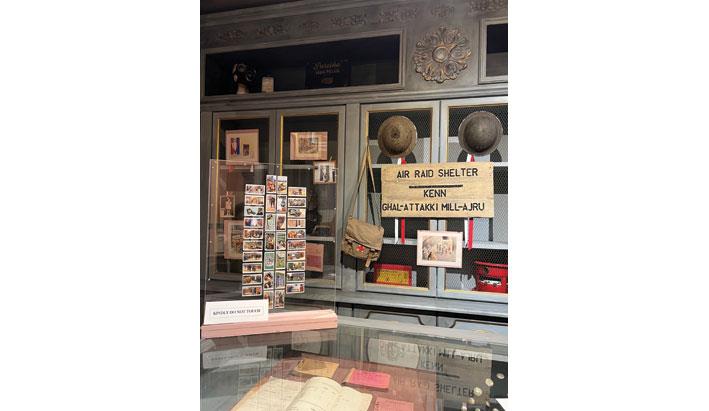
The exhibition closes on 14th April. For enquiries please contact [email protected] or go to their Facebook pagehttps://www.facebook.com/stormpetrelfoundation
[email protected]